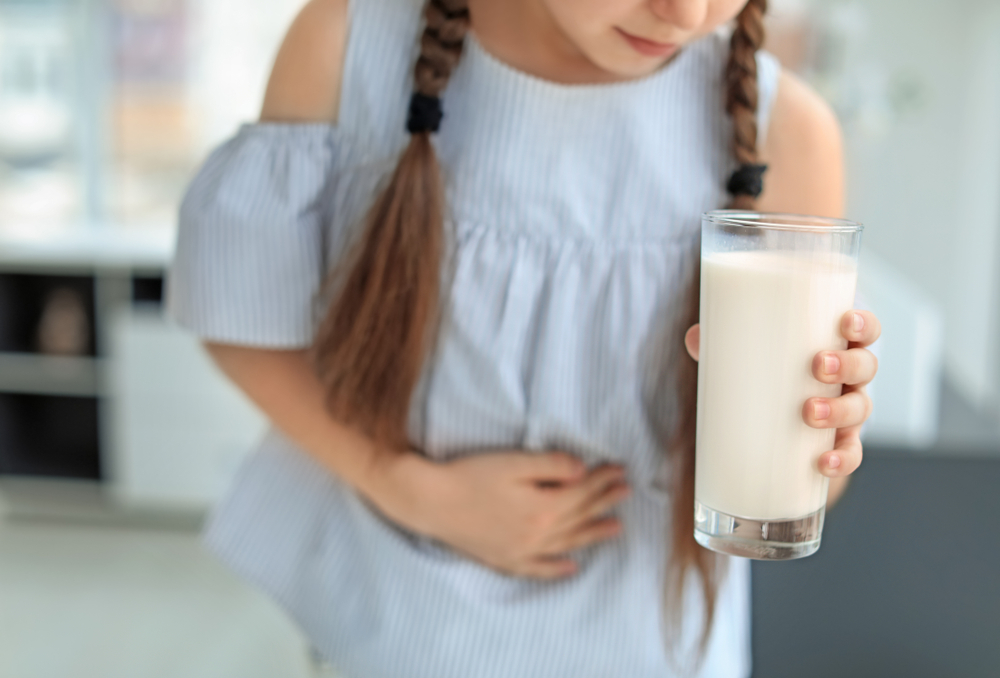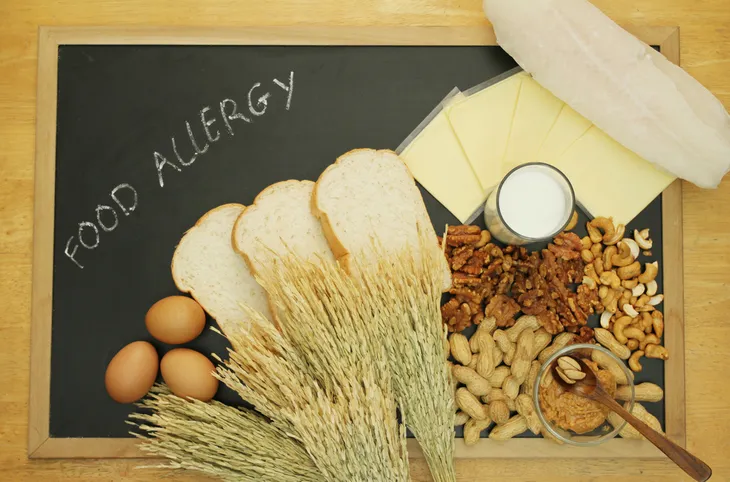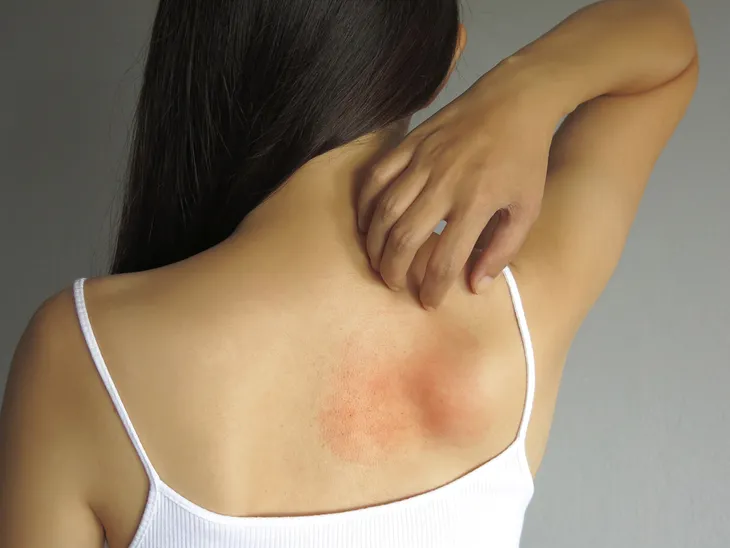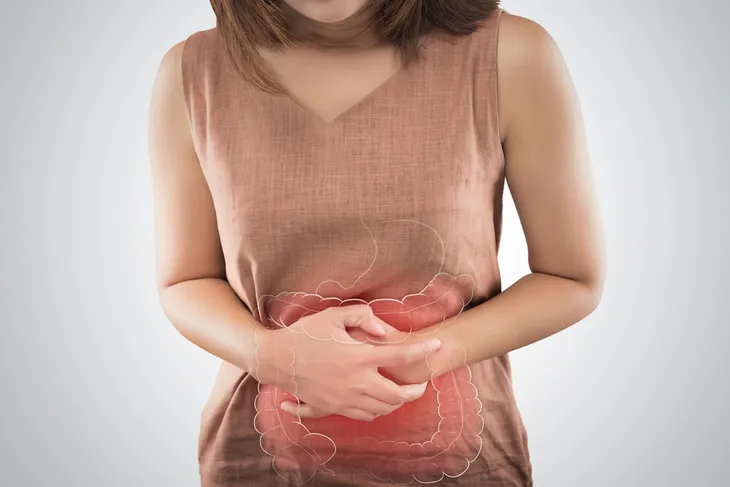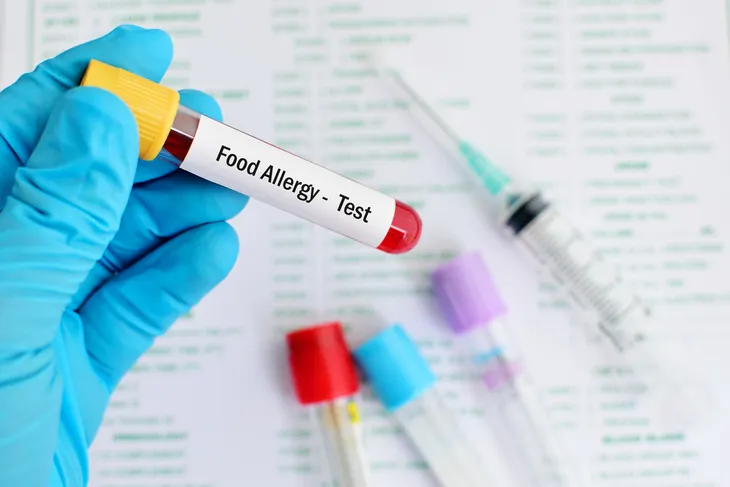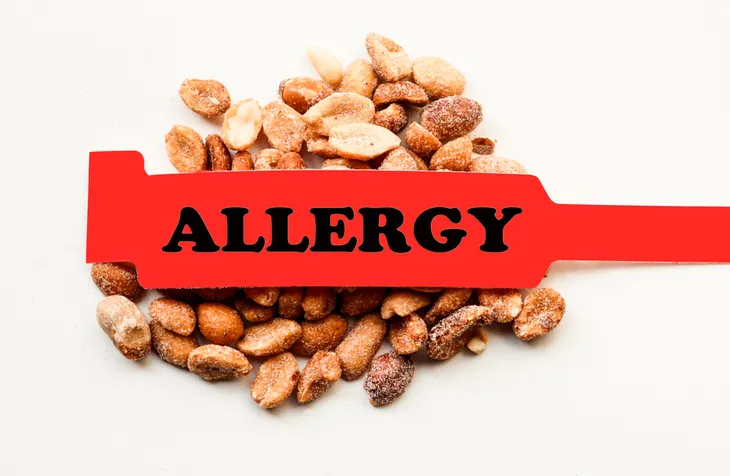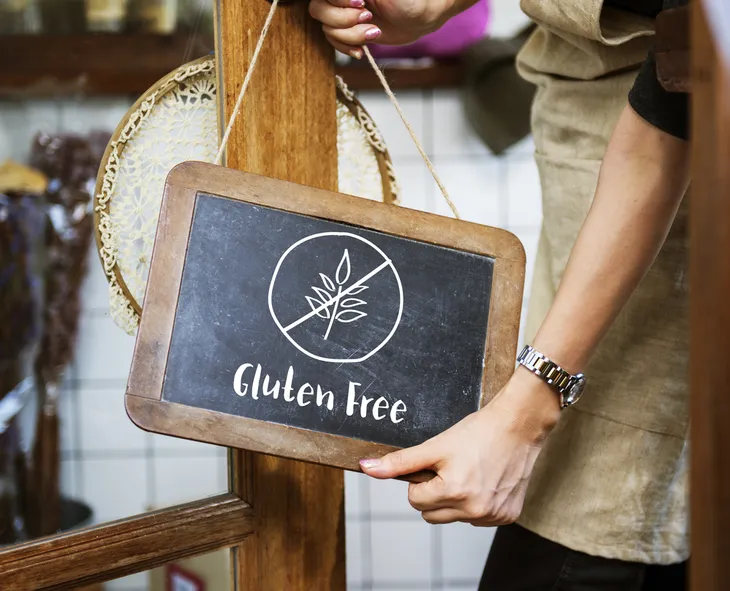Allergies of one type or another affect more than 50 million people at any given time. The Center for Disease Control and Prevention estimates that approximately 5-percent of children and 4-percent of adults are affected by food allergies. Infants and children are at the greatest risk although an allergy can develop at any age, even to foods that were previously eaten without problem.
Your body has built-in protection from danger thanks to the immune system, which fights off infection to keep you healthy. Food allergies occur when your body reacts to food or a substance in food as if it were a threat. This, in turn, triggers an exaggerated immune response. Let’s take a more detailed look at food allergies and what you can do about them…
Food Allergy Causes
Food allergies can be hereditary. A person who is genetically predisposed to form the antibody IgE (immunoglobulin E) against foods must first be exposed to that specific food.
Digestion of the target food then triggers the body to produce large amounts of IgE, which in turn stimulates mast cells to release histamine. Allergic symptoms are specific to the tissues, where the histamine is released.
Common Food Allergy Symptoms
If the mast cells of the ears, nose, and throat release histamine then symptoms can include itching or swelling in the mouth or difficulty swallowing or breathing. If the mast cells are in the stomach or intestines, symptoms may include abdominal pain, nausea, vomiting or diarrhea.
Mast cells in the skin release these chemicals in response to a food allergy, the sufferer may experience a noticeable skin rash, eczema, or hives. Other symptoms can include a drop in blood pressure and wheezing.
Foods That Cause Allergies
In children the most common foods to elicit allergic reactions are eggs, milk, soy, and peanuts. However, children can sometimes outgrow their food allergies.
Up to 90-percent of allergic reactions in adults are caused by peanuts or tree nuts (i.e., walnuts), milk and dairy products, eggs, and fish and shellfish (i.e., crayfish, lobster, crab, and shrimp).
Anaphylaxis
Anaphylaxis is a severe allergic reaction to food that can be fatal. During anaphylaxis, a patient’s blood pressure can suddenly drop and they can go into shock. Also, their airway can swell closed leading to asphyxiation.
The American College of Allergy, Asthma, and Immunology estimates that once a severe allergic reaction has happened, it can recur in 20-percent or more of people. There is no way to determine whether a future reaction will be mild or severe. Therefore, it’s best to be prepared once you’ve been diagnosed with a food allergy.
Protein-Induced Enterocolitis
Food protein-induced enterocolitis syndrome (FPIES) is a non-IgE immune reaction to food that affects the gastrointestinal tract. It can result in vomiting and diarrhea. Once the foods containing the sensitizing protein are removed from the diet all symptoms disappear.
Cow’s milk, dairy products, and soy are the most common foods that cause FPIES. Although rice, oats, and barley have also been known to cause this syndrome.
Food Allergy Diagnosis
Your doctor can use a skin prick test to determine whether or not you have food allergies. A small amount of liquid containing the allergen is injected into the subcutaneous layer of skin on the back of your arm or back. Within 20 minutes a wheal or raised bump will appear if the test is positive.
Blood tests provide a less accurate test, but can also be used as a diagnosis tool. One last option is to conduct an oral food challenge, which is always performed under medical supervision. This involves eating small amounts of the trigger food at a time and observing whether or not a reaction occurs.
Treatment of Food Allergies
The number one treatment for food allergies is to avoid the suspect food altogether. That means the trigger food must be removed from the diet entirely. This may require reading the ingredient list on all labels for items such as eggs, cow dairy, or nuts, which may be present in many prepared foods.
For those with extreme food sensitivity, even miniscule traces can trigger an allergic reaction. People with a peanut sensitivity have been known to have a severe reaction to a tiny 1/44,000 of a peanut kernel! People prone to dangerous allergic reactions should also wear a Medic Alert bracelet.
Auto-Injectors
Epinephrine (adrenaline) is the drug used to treat anaphylaxis. It must be administered as soon as possible because a severe reaction can occur within minutes of exposure to a food allergen.
An epi-pen contains the drug in an auto injector. It is injected directly into a large muscle (typically the thigh) for the quickest absorption and effect.
Managing Food Allergies in Children
Food allergies can be fatal and can occur outside of the home. Therefore it is important for parents to notify their child’s daycare provider, school, or sports coaches if their child has a food allergy.
They should also provide the location of the child’s auto-injector. Children should be educated not to share food with others and to avoid trigger foods in public places. In addition, kids should be educated in using the auto-injector.
Eating Out with Food Allergies
People with food allergies need to be extra vigilant when eating out. Sometimes even the smell of the food they are allergic to is enough to set off a reaction. Waiters and restaurant staff aren’t versed in the exact ingredients in every dish they serve.
You should make it a point to tell your server about your allergies, and if possible, ask to speak to the chef prior to placing your order. Make sure to carry your auto-injector on your person in the restaurant and advise your dining dates of its location.
Preventing Food Allergies
Although there is no scientific evidence that allergies can be prevented, there is some indication that feeding solid foods to infants before the age of 17 months can make them more susceptible to developing certain food allergies.
Best practise guidelines suggest waiting until the child is older than 3 years to introduce high risk allergen foods (i.e., peanuts, seafood, and tree nuts). However, more recent research from the Canadian Medical Journal suggests feeding babies potentially allergenic foods to prevent the development of serious food allergies.
